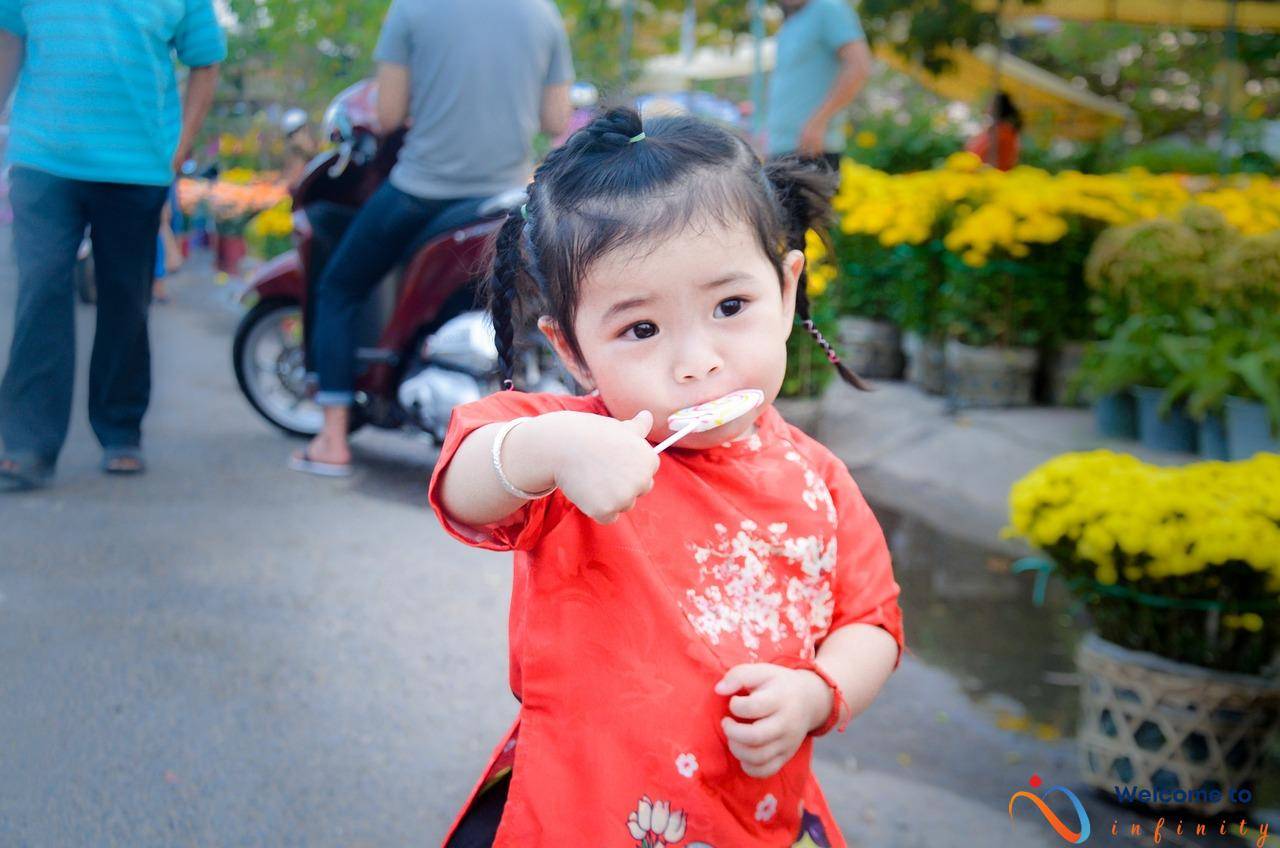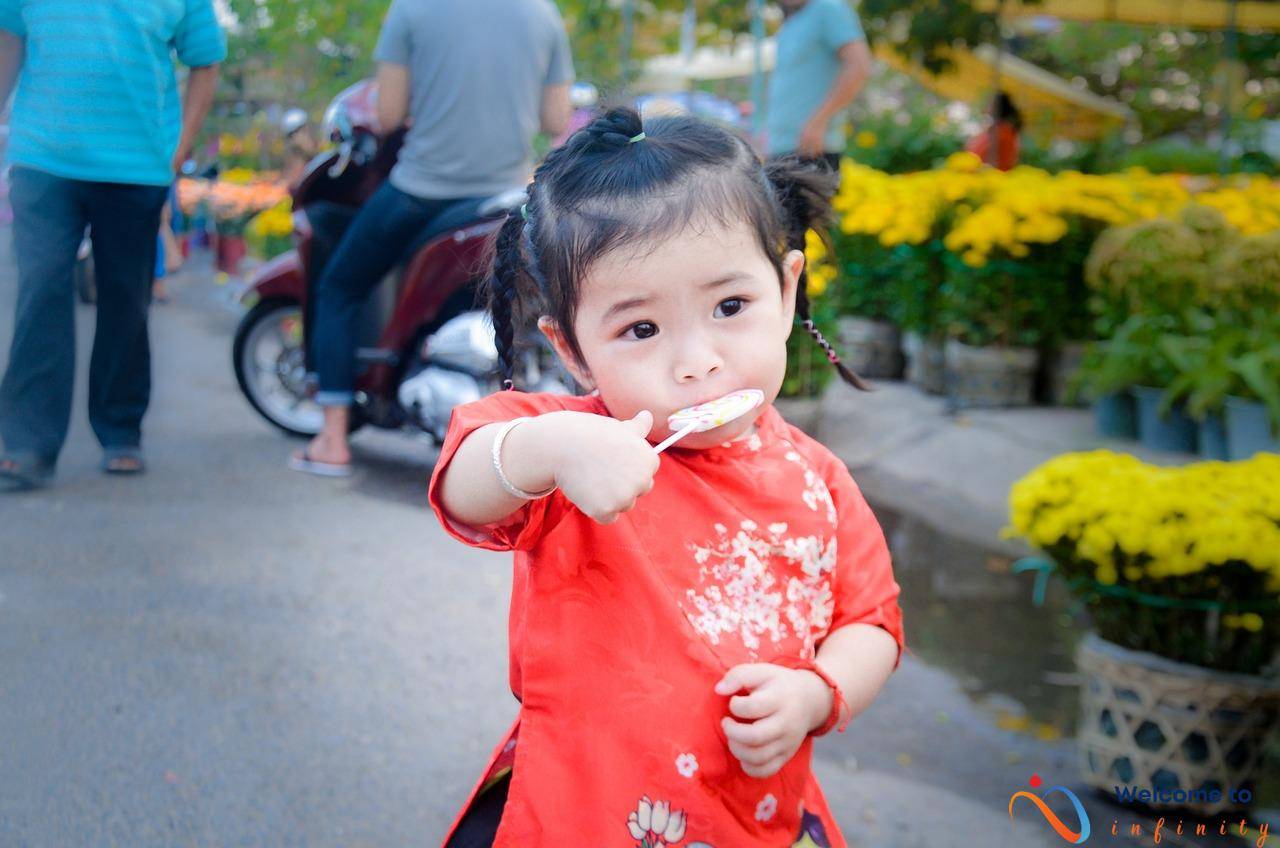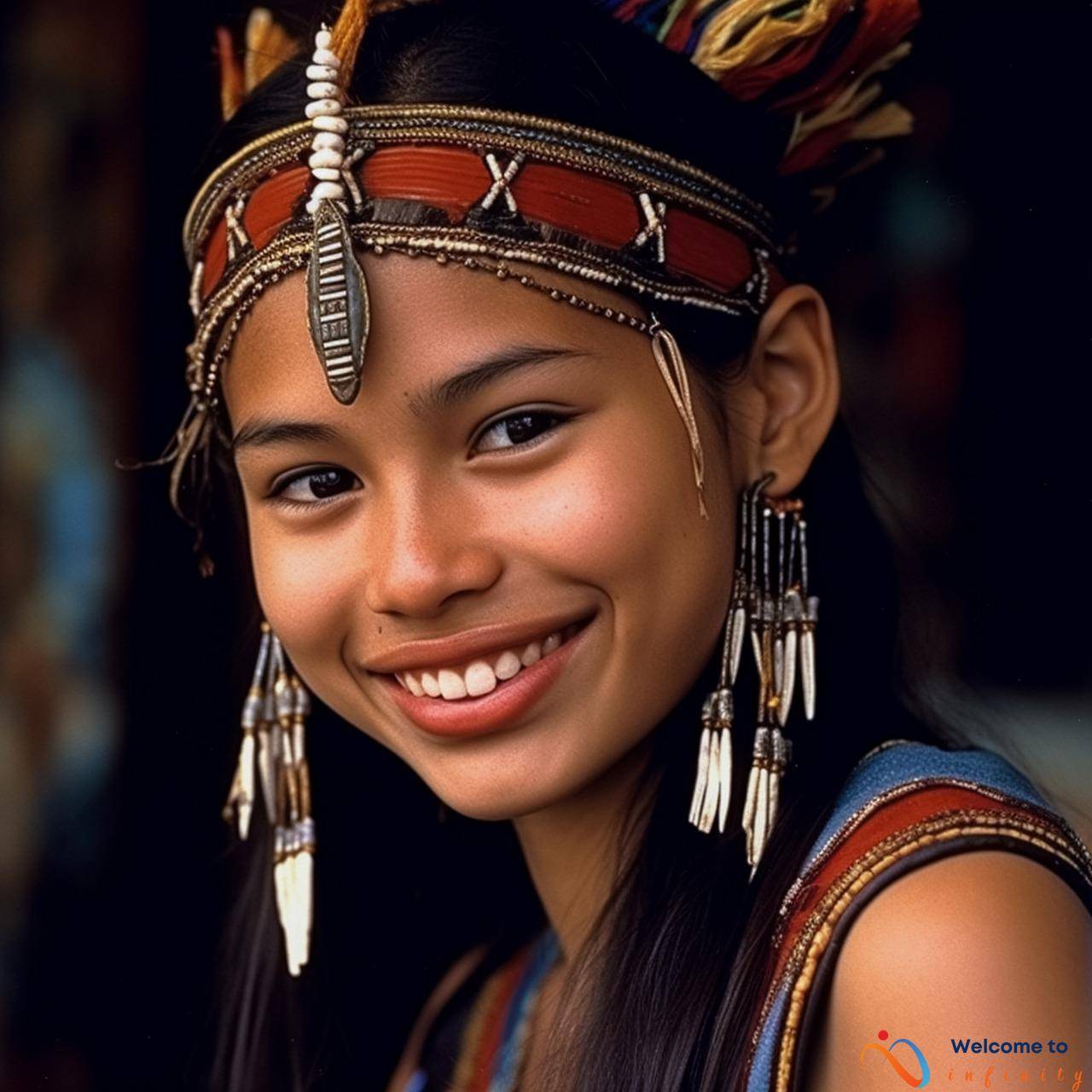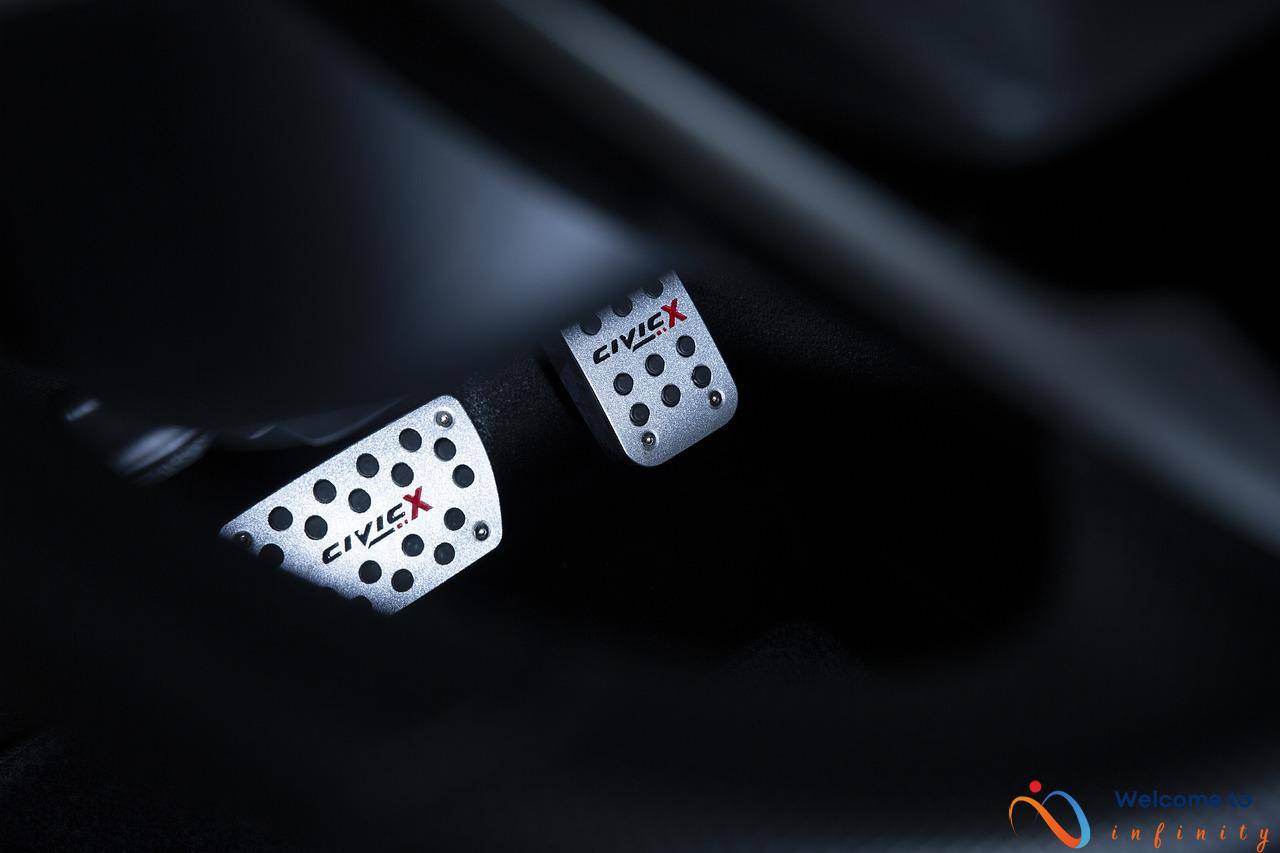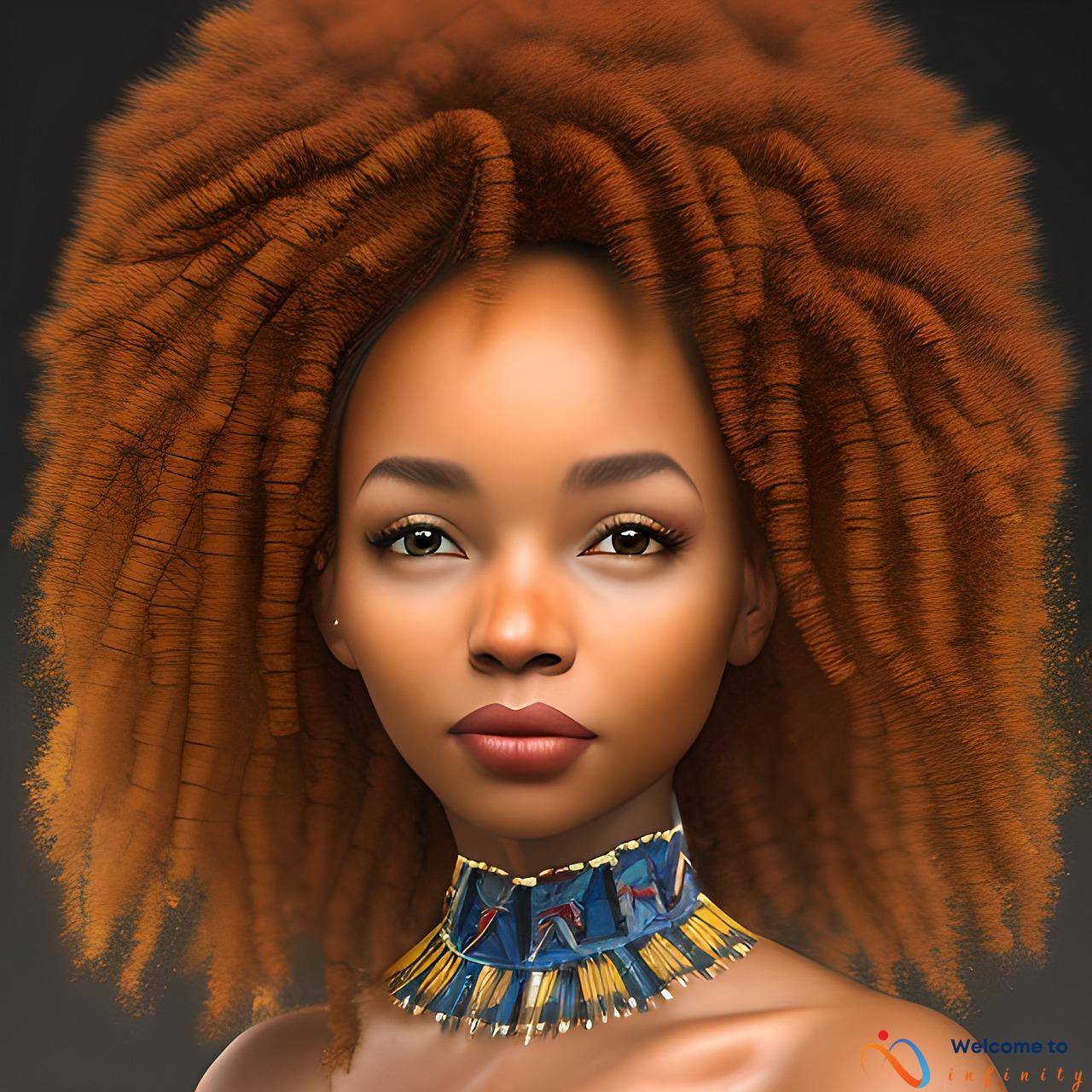What makes martial arts such a unique and enduring practice is the cultural traditions that underlie it. With a history stretching back thousands of years, martial arts have developed into a vast array of disciplines that are practiced around the world. These disciplines are rooted in various cultural and philosophical traditions that inform the way they are taught and practiced.
From the origins of martial arts in ancient China to its spread across Asia and beyond, cultural traditions have played a significant role in shaping the development of martial arts. Whether it is the discipline and self-control fostered in japanese martial arts or the fluidity and flexibility of Chinese martial arts, each discipline has its own cultural influences that shape its philosophy and techniques.
One of the most important cultural traditions within martial arts is the philosophy of discipline. The strict training regimens that martial arts practitioners undergo are meant to instill discipline, perseverance, and self-control. These virtues are not only essential to mastering the techniques of each discipline, but they are also integral to the philosophy that underpins martial arts.
- Perseverance: The philosophy of perseverance is another crucial cultural tradition within martial arts. The ability to persist even in the face of extreme adversity is one of the hallmarks of martial arts practitioners, and it is a value that is instilled in them from the very beginning of their training. Whether it is overcoming physical obstacles or mental barriers, the philosophy of perseverance is central to the martial arts experience.
- Respect: Respect for oneself, one's opponent, and one's instructors is also an essential cultural tradition within martial arts. It is through the practice of respect that students are able to develop the humility and self-awareness necessary to progress in their chosen discipline.
Finally, the future of martial arts is dependent on its ability to preserve and promote cultural traditions for future generations. As martial arts continue to evolve and spread around the world, it is essential that these traditions are passed down to ensure that the essence of martial arts is not lost. With continued dedication to cultural traditions, martial arts will remain a vibrant and enduring tradition for years to come.
The Origins of Martial Arts
Martial arts have been an essential part of many cultures throughout history and have evolved over time, adapting to the needs and beliefs of their respective societies. The earliest recorded evidence of combat training dates back to ancient civilizations such as Egypt, Greece, and China. However, it is in China where the roots of many modern martial arts can be traced back to. These early martial arts were developed primarily for warfare and self-defense, and their techniques were passed down from one generation to the next through oral traditions.
As martial arts spread throughout the world, the cultural context in which they were practiced had a profound impact on their development. In Japan, martial arts were heavily influenced by the samurai code of honor, which emphasized loyalty, self-discipline, and courage. This way of life was also heavily influenced by Zen Buddhism, which taught practitioners to live in the moment and focus on their inner self. Similarly, the martial arts of Thailand, known as Muay Thai, developed in conjunction with the country's Buddhist traditions, emphasizing respect and spiritual growth as vital components of training.
Over time, these martial arts have evolved and branched into many different disciplines, each with its unique philosophy and approach. For instance, Brazilian Jiu-Jitsu, considered one of the most effective martial arts for self-defense, is a result of the merging of traditional Japanese Jiu-Jitsu and modern Brazilian fighting styles.
Cultural traditions continue to shape martial arts to this day. They imbue these practices with values such as respect, discipline, and perseverance, and provide a framework for a meaningful way of life for practitioners.
The Role of Discipline
Discipline is a fundamental aspect of martial arts training. It is through discipline that practitioners are able to master the various techniques and forms of their chosen discipline. However, discipline in martial arts goes beyond just physical training. It also includes mental and emotional discipline, which is necessary for success both in and outside of the training hall.
Cultural traditions play a significant role in enforcing discipline within martial arts. In many traditional martial arts schools, students are expected to bow upon entering and leaving the training area, as a sign of respect for the art, their fellow practitioners, and their instructor. This tradition fosters discipline, as students learn to take their training seriously and to conduct themselves in a respectful manner at all times.
Another example of cultural traditions enforcing discipline is through the use of uniform and belt systems. These systems not only serve as a means of identifying a practitioner's rank and proficiency, but also as a way to promote discipline and respect. By adhering to the dress code and wearing their uniforms and belts correctly, students show a commitment to their training and a willingness to follow rules and traditions.
Ultimately, the role of discipline in martial arts is essential for success. Without discipline, it is impossible to achieve the level of mastery and proficiency needed to excel in a martial art. Cultural traditions serve as a powerful tool for promoting and enforcing discipline, and are integral to the training and development of martial arts practitioners.
The Philosophy of Self-Control
The philosophy of self-control is a fundamental principle that every martial arts practitioner must follow. Traditional martial arts training emphasizes the importance of self-control in achieving success. Self-control involves the regulation of one's emotions, impulses, desires, and actions. It is also about maintaining sobriety, calmness, and a clear mind, even in the most strenuous situations.
In martial arts, self-control is fostered through cultural traditions that emphasize humility, obedience, and discipline. A martial artist must remain humble and respectful towards their training partners and instructors, even when they are more skilled or senior. This helps to develop a sense of self-awareness that enables them to understand their limitations and work towards self-improvement.
Discipline is also a crucial component of the philosophy of self-control. Martial artists often follow strict training regimes that require them to stick to a schedule and remain committed to their training. This helps to develop discipline and a strong work ethic, which are transferable to other areas of life.
Moreover, the philosophy of self-control within martial arts is deeply intertwined with the idea of Zen Buddhism. Zen philosophy centers on the importance of self-reflection and mindfulness, enabling a martial artist to remain grounded and focused on their training. Zen Buddhism also teaches the importance of living in the moment and being present, which can help a martial artist to react quickly to changing situations.
In summary, the philosophy of self-control is a critical aspect of martial arts training. This philosophy is supported and fostered through cultural traditions that emphasize humility, discipline, and obedience. By following these principles, a martial artist can not only improve their skills but also develop key life skills that will help them succeed in other areas of life.
The Importance of Respect
In martial arts, respect is a core value that is instilled in practitioners from the very beginning of their training. The importance of respect is emphasized in both the physical and mental aspects of martial arts practice. In fact, respect is considered a fundamental aspect of martial arts training.
Respect in martial arts goes beyond merely showing deference to one's training partners or instructors. It is a way of life that is deeply ingrained in the cultural traditions that underpin many different martial arts styles. The philosophy of respect extends to all areas of life, teaching practitioners to value others and treat them with kindness and consideration.
Cultural traditions have played a significant role in promoting respect in martial arts. In many asian cultures, for example, the concept of respect has been long valued and emphasized. Respect for one's elders, teachers, and fellow practitioners is seen as vital in martial arts practice and is deeply ingrained in many cultural traditions.
One way that respect is promoted in martial arts is through bowing. Bowing is a symbolic gesture that shows deference and respect, and is often used when entering or leaving a training space, or when greeting a training partner. The emphasis on bowing is not only a sign of respect for others but also a way to cultivate a sense of humility in oneself.
Additionally, many martial arts styles have a strict code of conduct that emphasizes discipline, self-control, and respect for others. This code of conduct is often referred to as a “Dojo Kun,” and is recited at the beginning and end of each training session. By adhering to this code of conduct, practitioners are encouraged to live a life of respect and honor.
In conclusion, respect is a foundational aspect of martial arts training. It is a value that is deeply ingrained in cultural traditions and emphasized through rigorous training regimes. Practitioners of martial arts learn to cultivate a sense of respect for themselves, others, and their environment, which forms the basis of their personal and spiritual growth.
The Relationship Between Student and Teacher
The relationship between student and teacher in martial arts is a unique one that is highly regarded in traditional martial arts cultures. In traditional martial arts, the teacher is considered the master and is responsible for guiding students not only in technique but also in the overall philosophy of martial arts. The student, on the other hand, is expected to show great respect and obedience towards their teacher.
This relationship between student and teacher is not to be taken lightly. In many cultures, martial arts is seen as a path of enlightenment, and the relationship between student and teacher is an integral part of this journey. In Japan, for example, there is a saying that “the student is half the teacher,” indicating that the student's success is directly tied to the teacher's ability to teach and guide.
Cultural traditions play a significant role in this relationship. Students are expected to listen carefully to their teacher and follow their instructions. In some cases, students are required to bow before and after each training session as a sign of respect for their teacher. Additionally, teachers are often deeply respected figures in their community and may hold an elevated societal status.
The relationship between student and teacher is not a one-way street, however. Teachers are also responsible for their students' development and well-being, not only in training but in life outside of the dojo or gym. It is common for martial arts teachers to provide guidance and support to their students and even become a mentor-like figure.
In conclusion, the relationship between student and teacher is an essential aspect of martial arts culture. This unique dynamic is built on a foundation of respect, discipline, and a willingness to learn. While it varies across cultures, the student-teacher relationship remains a fundamental aspect of traditional martial arts, emphasizing the importance of cultural traditions in shaping the philosophy of martial arts.
The Philosophy of Perseverance
The philosophy of perseverance is a fundamental aspect of martial arts training. It is the belief that one can overcome any obstacle with hard work and determination. In martial arts, this philosophy is embodied in the rigorous training and practice that practitioners undergo. The cultural traditions that inspire this philosophy vary depending on the style of martial art.
In Chinese martial arts, the philosophy of perseverance is intertwined with Taoism. Taoism emphasizes the importance of balance and harmony in all aspects of life. In martial arts, this means that one should strive for balance in both physical and mental training. The practice of perseverance, therefore, is not just about physical endurance, but also mental fortitude.
In Japanese martial arts, perseverance is inspired by the samurai code of Bushido. Bushido emphasizes the importance of loyalty, honor, and self-discipline. Practitioners of Japanese martial arts are encouraged to persevere through the hardships and challenges of training, as a way to embody these virtues.
In Korean martial arts, the philosophy of perseverance is known as “Indomitable Spirit”. This philosophy emphasizes the importance of never giving up, even when faced with seemingly insurmountable obstacles. The practice of perseverance, therefore, is a way to develop mental and emotional strength, as well as physical endurance.
Regardless of the specific cultural traditions that inspire the philosophy of perseverance in martial arts, it is a fundamental aspect of training. Practitioners are encouraged to push themselves to their limit, to embrace failure as a learning opportunity, and to never back down from a challenge. This philosophy is not just about developing physical strength, but also mental and emotional resilience.
The Role of Culture
The cultural traditions that have developed around martial arts have greatly impacted the way they are practiced and viewed today. Different martial arts have been shaped by the cultural traditions of the societies in which they originated. For example, Japanese martial arts such as Karate, Judo, and Aikido were influenced by Shintoism and Zen Buddhism, which emphasized discipline, harmony, and spiritual growth.
Cultural respect is also an important aspect of martial arts training. Practitioners must not only respect the traditions of their own art but also those of others. This cultural respect helps to create a sense of community and fosters a deeper understanding and appreciation of different cultures.
In addition, martial arts training can serve as a way to strengthen family and community bonds. Intergenerational training and the passing down of traditions from one generation to the next is a common practice in many martial arts, especially those rooted in Asian cultures. This not only preserves cultural traditions but also strengthens family and community bonds through shared experiences and common goals.
While preserving cultural traditions in martial arts is important, there are also challenges that arise. As martial arts become more commercialized and popularized, there is a risk of losing the cultural and philosophical roots that underlie them. It is important for practitioners and instructors alike to strive to maintain these traditions and values, both for the benefit of the martial arts community and for future generations.
In conclusion, the role of culture in martial arts cannot be overstated. Cultural traditions have greatly impacted the way different martial arts are practiced, and the importance of cultural respect within the martial arts community cannot be ignored. By preserving these traditions, martial arts can continue to serve as a source of physical, mental, and spiritual growth for practitioners around the world.
The Influence of Shintoism and Zen Buddhism
Japanese martial arts have been greatly influenced by the philosophies and cultural traditions of Shintoism and Zen Buddhism. Shintoism, a naturalistic religion with a focus on the kami (spirits), has had a significant impact on Japanese martial arts. In Shintoism, it is believed that everything in nature is imbued with a spirit and should be treated with respect. This belief is reflected in the way martial arts practitioners approach their training, with an emphasis on respecting their opponents and the environment around them.
Zen Buddhism, on the other hand, has had a significant impact on the mental aspect of Japanese martial arts. Zen Buddhism emphasizes meditation and self-reflection, leading to a greater understanding of the self and one's surroundings. This philosophy has been incorporated into Japanese martial arts through the practice of Zen meditation (zazen) and the cultivation of a clear mind (mushin), which allows practitioners to react to situations instinctively without conscious thought.
The teachings of Shintoism and Zen Buddhism have shaped the way Japanese martial arts are practiced, with emphasis placed on the spiritual and mental aspects of training as well as the physical. The traditional dojo (training hall) is considered a sacred place, and rituals such as the bowing ceremony (rei) are performed to show respect to the dojo and fellow practitioners.
Overall, Shintoism and Zen Buddhism have played a significant role in shaping Japanese martial arts into the discipline it is today. The cultural traditions and philosophical concepts that have been incorporated into martial arts training have not only helped practitioners to hone their physical skills but also to cultivate a greater sense of respect, discipline, and self-awareness.
The Role of Family and Community
Martial arts are not just physical disciplines but also social activities that bring people together. The role of family and community in martial arts is significant, as training can serve as a way to strengthen bonds and develop a sense of belonging. Cultural traditions play a crucial role in fostering this connection.
In some Asian cultures, martial arts have been traditionally passed down within families. Parents enroll their children in martial arts classes, and they often attend together, establishing a bond that goes beyond the training. The martial arts become part of the family identity and promote a sense of shared accomplishment and responsibility.
In other cases, martial arts schools serve as community centers, bringing together people from different backgrounds and ages. People who may not have otherwise met become friends and build connections through shared experiences. The cultural traditions within martial arts reinforce respect and camaraderie, further strengthening these bonds.
Additionally, martial arts provide opportunities for community service and outreach. Many schools organize events and campaigns to give back to their communities, such as fundraisers for charitable organizations or self-defense classes for at-risk groups.
The role of family and community in martial arts is not only about creating personal relationships, but also about preserving cultural traditions. These traditions are often woven into the fabric of martial arts, and by training together, people can learn more about each other's cultures and customs. This mutual respect and understanding can lead to a more connected and compassionate society.
In conclusion, the role of family and community in martial arts is multifaceted. It serves as a way to strengthen personal relationships, preserve cultural traditions, and promote social responsibility. By training together, people can build bridges across cultures and generations, creating a more inclusive and empathetic society.
The Future of Cultural Traditions in Martial Arts
Today, traditional martial arts face challenges when it comes to preserving cultural traditions. As the world becomes more globalized, it can be difficult to maintain the cultural nuances that make these practices unique. Many martial arts schools have adapted to modern trends and have removed or diluted these traditions to appeal to a wider audience. However, it is important to recognize and preserve these traditions, as they offer important insights into the philosophies and beliefs that underpin these practices.
Moreover, another challenge is that martial arts have become commercialized, with more people practicing for sport or fitness rather than for the cultural and spiritual aspects. While there is nothing wrong with this, traditional martial arts offer a depth of knowledge and philosophy that is lost when practiced solely for sport or fitness. It is important to educate practitioners about the deeper roots of martial arts and the traditions that underscore them.
To preserve cultural traditions in martial arts, practitioners must first develop a greater appreciation for the rich history and cultural significance of these practices. Martial arts teachers can help by incorporating specific aspects of cultural traditions into their training, such as bowing or specific terminology.
Another way to preserve traditions is through community engagement. Martial arts can serve as a way to bring people together, and practitioners can participate in cultural events that showcase the traditions and philosophies of their respective martial arts. Practitioners can also participate in discussions and debates about the future of traditional martial arts, working together to find ways to preserve these practices for future generations.
In conclusion, the future of cultural traditions in martial arts depends on the willingness of practitioners to recognize and preserve these traditions. By educating themselves about the history and significance of their respective martial arts, practitioners can keep these traditions alive and pass them down to future generations. By working together, practitioners and teachers can ensure that traditional martial arts remain an essential part of global culture for years to come.





